City of Edmonton
Edmonton City Council deactivates face coverings bylaw – Masks come off July 1!
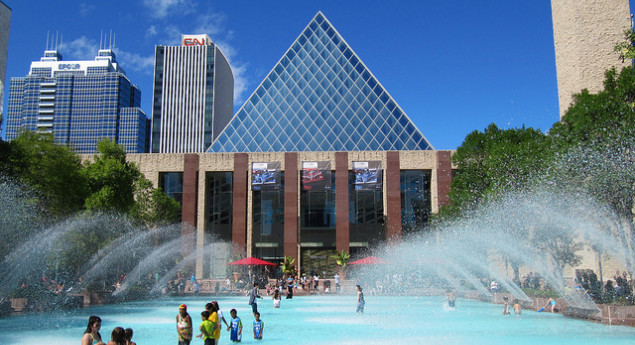
|
|
Alberta
Master agreement approved for event park and Village at ICE District

News release from the City of Edmonton
|
City Council has approved the Master Agreement between the City of Edmonton and the Oilers Entertainment Group (OEG) to develop the Public Event Park and the Village at ICE District. Along with the Government of Alberta and the OEG, the City is working to accelerate the development of more housing, new public infrastructure and economic opportunities in the city’s downtown area. In addition to creating new development in the ICE District, the signing of the agreement enables the City to access provincial funding to demolish the Coliseum and continue to progress work on Exhibition Lands.
The total cost of all projects is $408.2 million, which will be shared among all three partners and will deliver:
“This type of investment in downtown helps answer the call of downtown vibrancy and could have a cascade effect to stimulate further investment,” said Edmonton City Manager Eddie Robar. “We thank all our team members that had a part in getting this agreement negotiated and in place, as it was a lot of work and represents a huge step forward.”
The event park, estimated at $250 million, will increase downtown vibrancy with events that bring people downtown including low-to-no-cost events for the community as part of the Public Benefits Agreement. It will also generate positive publicity and enhance Edmonton’s reputation as a world-renowned destination, while adding to the local economy.
The preliminary work for the Village at ICE District, estimated at $68.2 million, will expedite the development of 2,500 new housing units and stimulate an estimated $1 billion in private sector investment. It will also lead to the creation of a new downtown park and enhance public streetscaping, including wider sidewalks and pedestrian crossings.
The Coliseum Demolition and Improvement Project, estimated at $90 million, includes $55 million from the provincial government and $35 million from the City of Edmonton. This project will fund the demolition of the Coliseum and the construction of public infrastructure in Exhibition Lands to help create a unique, centrally-located infill urban community that is well-connected to downtown and other areas of the city in the coming decades.
“These catalytic investments are going to set off the next round of transformational growth and development in our downtown, and these projects demonstrate the impact of real partnership for economic development,” said Puneeta McBryan, CEO of the Downtown Business Association. “It is encouraging for the Edmonton business community to see the Government of Alberta and City of Edmonton working together to take our downtown economy to the next level, coupled with the proven success and significant investment from their partners at Oilers Entertainment Group. We’re so excited to see all of this come to life.”
The City will use revenues from the Capital City Downtown Community Revitalization Levy (CRL) to fund its portion of the Event Park and site servicing for ICE District projects. It will also leverage land development revenues already earmarked in the capital budget for the Coliseum demolition to fund other important early work in the Exhibition Lands development.
Council’s approval of the master agreement and associated capital profiles allows the City to execute the agreement with the OEG, which paves the way for all three projects to progress. The master agreement also ensures that grant agreements between the City and the Province must be executed, confirming the provincial funding contributions for all projects.
|
|
|
|
For more information:
|
City of Edmonton
City of Edmonton defends response to homeless encampments
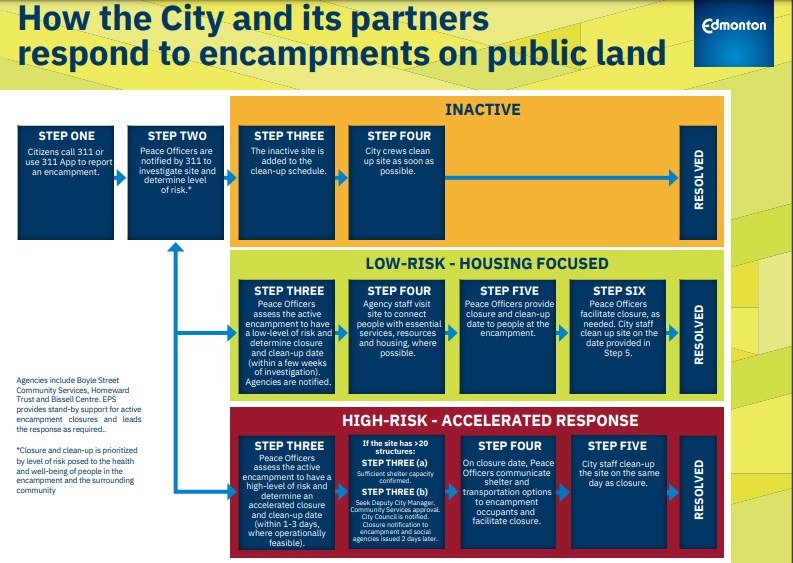
Edmonton homeless encampment from 2022 (Photo: Alexander Shamota, Alberta Views Magazine).
News release from the City of Edmonton
Overview of the City of Edmonton’s information in Court about its response to homeless encampments
The City of Edmonton’s response to encampments prioritizes the well-being of unhoused and vulnerable persons, while acknowledging the impacts that encampments can have on the entire community. The City’s approach seeks to acknowledge all relevant perspectives: the lived experiences of the unhoused, the needs and expertise of social agencies, available information from law enforcement, the specialized expertise of our Fire Rescue Service, and the voices of those communities impacted by encampments. The City’s response to encampments accepts that outdoor sheltering is not a safe or sustainable solution for managing homelessness.
At court on January 10 and 11, the City of Edmonton will be responding to the case brought by the Coalition for Justice and Human Rights. In responding to this legal challenge, the City does not seek to minimize the lived experiences and significant challenges faced by our unhoused residents. However, the City of Edmonton seeks to ensure that the court has access and understanding of the full picture and perspective of humans and organizations impacted by homelessness.
A compassionate and effective response to homelessness requires a combination of long term solutions and transitional accommodations. Our experience has shown that, at times, immediate intervention is required.
The City has filed evidence with the Court, and will be presenting the Court with the following facts:
- While numbers of shelter beds and unhoused persons vary from day to day, Edmonton’s shelters have had excess capacity throughout 2023, with even more capacity available in 2024. In periods of extreme demand, capacity can be scaled upwards immediately. A person seeking indoor shelter in Edmonton will never be left without an indoor place to shelter.
- Edmonton’s shelter system supports and accommodates persons with diverse backgrounds and lived experiences, including persons who use drugs, all genders and sexualities, all religions, couples, and persons with disabilities. Edmonton has Indigenous-led shelter spaces, women-only spaces, and specialized shelter programming for Indigenous persons who have experienced trauma.
- Outdoor sheltering poses severe dangers to the unhoused. Evidence will be presented of examples of gang victimization, armed robbery, physical and sexual assault, sexual exploitation, sanitation issues leading to disease, frostbite and cold-weather injuries, and fatalities caused by tent and encampment fires. These risks will be shown to be attributable to outdoor sheltering, not the removal of encampments.
- In the last five years, Edmonton Fire Rescue Services has reported at least seven deaths and 26 injuries from 276 fires that could be attributed to tents or encampments. This number is likely a significant underestimate due to the challenges inherent in investigating these types of fires.
- Expert medical evidence from Alberta’s former Chief Medical Officer of Health will be presented showing that encampments increase potential communicable disease transmission and fire- and violence-related injuries when compared with emergency shelters.
- Encampments can pose a danger to the community at large. Evidence will be presented of violence arising from encampments, accumulations of human feces, biohazardous waste, weapons and drug paraphernalia surrounding encampments, uncontrolled fires and propane cylinder explosions, and examples of wildfires starting at encampments in Edmonton’s natural areas.
- The number of complaints from members of the public has significantly risen over the last number of years. Between January 1, 2023 and October 22, 2023, there were 13,683 complaints from concerned Edmontonians.
- Encampment closures are evaluated on a risk matrix. This is an attempt to respond to community concerns, ongoing damage to the environment and infrastructure, as well as the inherent dangers in outdoor encampments. When camps are first assessed and again when closed, offers are made to take individuals to a shelter. As well, during the encampment closure process, opportunities are provided for individuals to connect with various community organizations supporting the unhoused.
- Evidence will be presented on the impacts associated with Camp Pekiwewin (2020). The City has been provided evidence of physical and sexual violence, gang violence, sex trafficking, sanitation and biological health hazards for occupants of Camp Pekiwiwin. Evidence provided by residents of the Rossdale community shares examples of violence and physical assault, theft of property, residents leaving the community for their own safety, vandalism, fire, and significant River Valley damage due to firewood cutting by encampment occupants.
The City is sharing this information from its filed legal documents as a public service. As the matter is before the Courts, no additional public commentary will be made.
-

 Alberta2 days ago
Alberta2 days agoBusting five myths about the Alberta oil sands
-
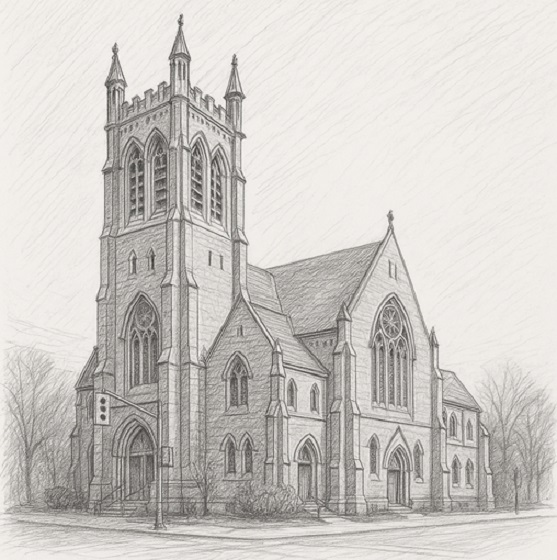
 Frontier Centre for Public Policy2 days ago
Frontier Centre for Public Policy2 days agoOttawa Should Think Twice Before Taxing Churches
-
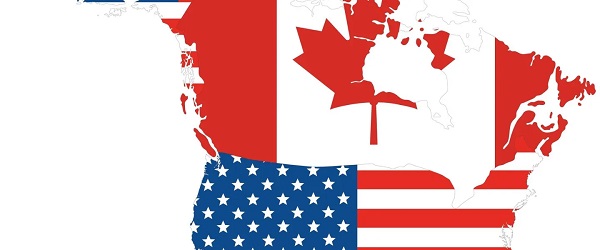
 Business1 day ago
Business1 day agoUS government buys stakes in two Canadian mining companies
-

 Health1 day ago
Health1 day agoNew report warns WHO health rules erode Canada’s democracy and Charter rights
-

 Energy1 day ago
Energy1 day agoMinus Forty and the Myth of Easy Energy
-
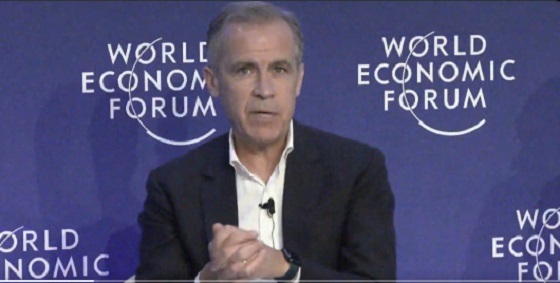
 Business9 hours ago
Business9 hours agoEmission regulations harm Canadians in exchange for no environmental benefit
-

 Business9 hours ago
Business9 hours agoQuebecers want feds to focus on illegal gun smuggling not gun confiscation
-
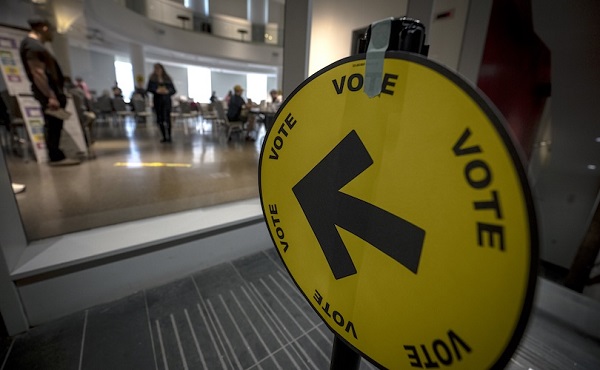
 City of Red Deer2 days ago
City of Red Deer2 days agoPlan Ahead: Voting May Take a Little Longer This Election Day





